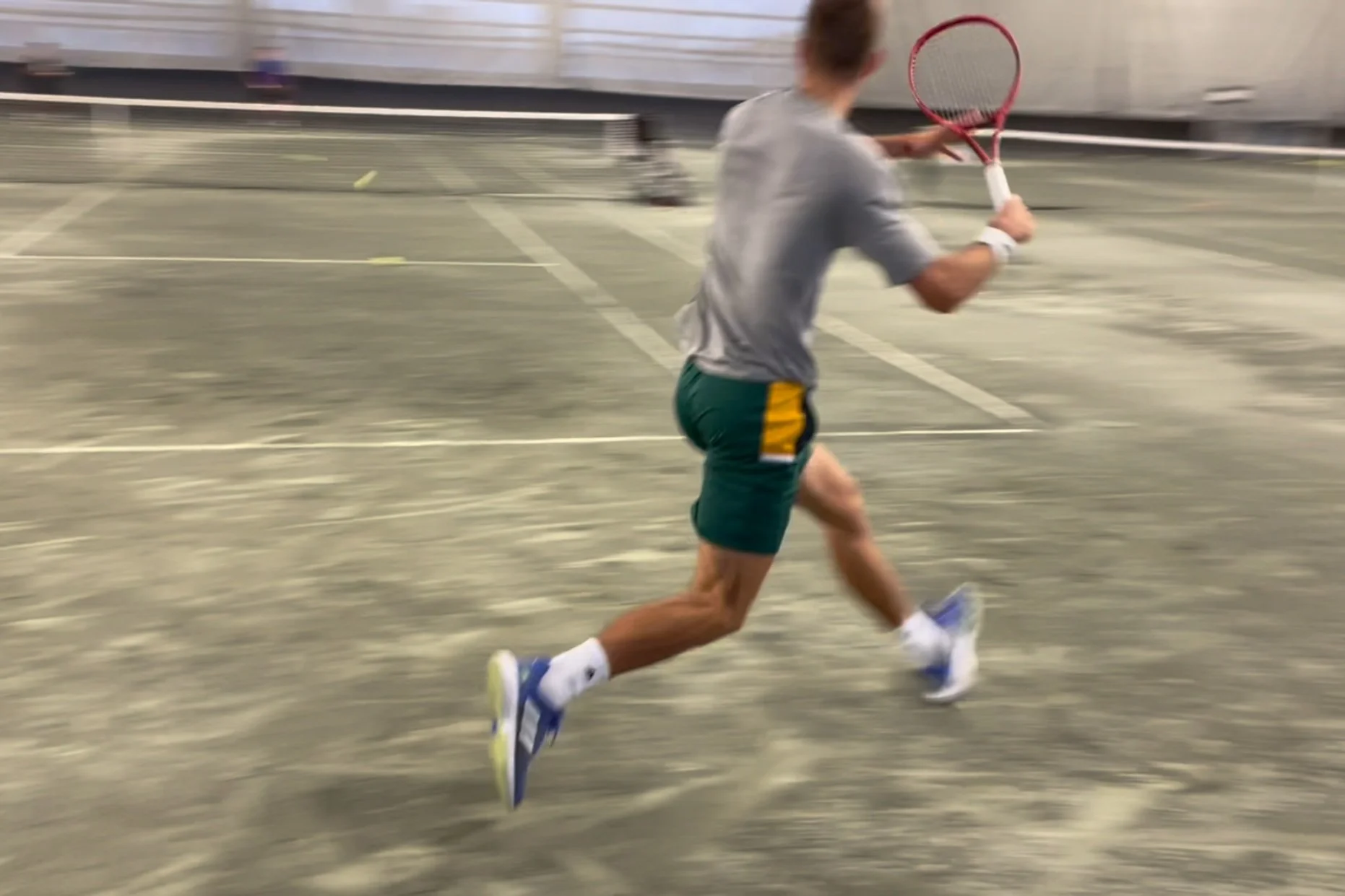Medicine ball training is a widely popular training modality amongst tennis players at all ages and levels. More specifically, med ball (MB) training is primarily used to augment rotational power. For a review of the underpinning science and theory on this topic, please take a look at a previous post on this topic. Why augment rotational power though? Today's game is classified as power based - players are hitting the felt off the ball. The rationale from a training perspective is as follows: increase rotational power and you'll increase hitting speeds - whether that's groundstroke or serve speeds.
Viewing entries tagged
plyo balls
There’s no question the shoulder takes a beating in tennis. I mean, players use it on every shot. Whether that’s to create lots of torque to hit a big forehand or to stabilize the shoulder when punching a volley...the shoulder has many functions and roles. But perhaps the biggest toll on the shoulder occurs in a movement you wouldn’t normally consider...the deceleration phase (aka the follow-through phase) of the serve. This is the moment after impact where the posterior muscles of the shoulder act in an eccentric manner to essentially stop the head of the humerus from being dislodged from the glenoid fossa (aka think arm dislocating from shoulder...that wouldn’t be fun). Ellenbecker & Kovacs (2008) call the deceleration phase “the most violent of the tennis serve”. That’s a pretty big statement, and probably something that needs to be considered in the training of the tennis shoulder. But why exactly is this phase of the serve so critical? What type of strength is necessary? And what kind of exercises can tennis players incorporate into their program to optimize the serve keep the shoulder healthy? We’ll explore all of these points in this article, so read on.



